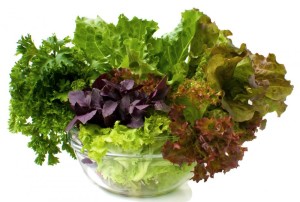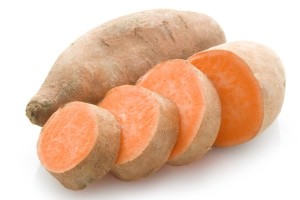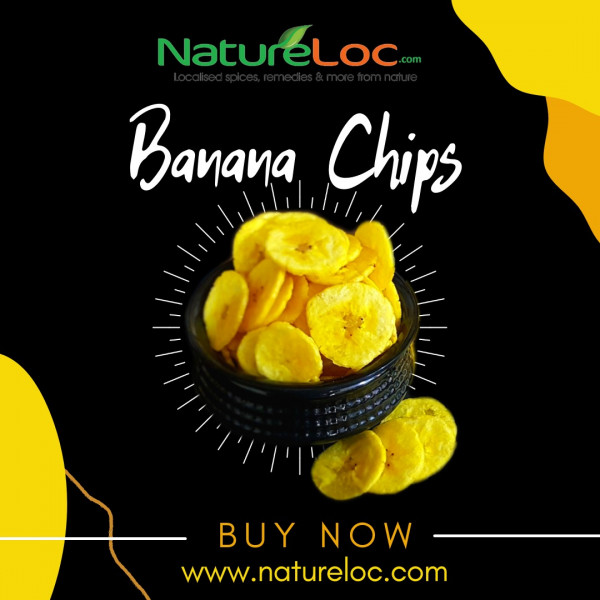Vitamin A (retinol) – Where we get our vitamin A?
Vitamin A (retinol) in the world around us
Almost wherever we happen to be we are surrounded by vitamin A in some form or another. Vitamin A itself (retinol), and the closely related acid form (retinoic acid), which carries out most of the functions of vitamin A in the body, are hidden away inside the bodies of animals and humans. However, closely related to vitamin A
are hundreds of compounds belonging to the group called carotenoids.
They readily attract our attention as yellow, red and brown pigments, which are responsible for the bright colours of many fruits,vegetables and leaves of trees as well as the brilliant colours of many birds, fish and other animals.
Vitamin A (retinol) in the body comes from two sources, preformed vitamin A in animal foods and from β-carotene and other provitamin A carotenoids in plant sources. Both of these are released from protein in the stomach and like all other lipids are taken up in the wall of the small intestine and become part of chylomicrons that enter
the blood circulation
Vitamin A (retinol) – Where we get our vitamin A?
Leafy vegetables

β-carotene is the major source of vitamin A. Unfortunately, dark green leaves like spinach, which have high concentrations of β-carotene, are often regarded as “poor man’s food”
Fruits

The vitamin A activity of fruits is generally lower than that of leafy vegetables and their carotenoid content is more complex. They are much more readily accepted, especially by young children, but unless they are processed they have a short season.
Roots and tubers

Carrots are increasingly being grown in parts of the developing world. The provitamin A content in carrots, mainly β-carotene and α-carotene, varies considerably between different species, and raw carrot provides none at all. The yellow or orange varieties of roots and tubers are quite rich sources, while the more common white varieties contain almost no carotene. Orange sweet potato for instance contains 1140 µg/100 g fresh weight of β-carotene.
Vegetable oils

Most contain little or no carotene, but red palm oil (see Table 2) is the richest vegetable source known. Most is β-carotene. The bioavailability is high. The oil has been refined for domestic use and the strong natural flavour, which is not to everyone’s taste, has been removed. The fat is mostly unsaturated.
Vitamin A (retinol) in the body comes from two sources, preformed vitamin A in animal foods and from β-carotene and other provitamin A carotenoids in plant sources. Both of these are released from protein in the stomach and like all other lipids are taken up in the wall of the small intestine and become part of chylomicrons that enter
the blood circulation
Other sources of provitamin A carotenoids -Sources of preformed vitamin A
- Fatty fish liver oils
- Dairy products
- Meats
Functions of vitamin A
- Vision (night, day, colour)
- Epithelial cell integrity against infections
- Immune response
- Haemopoiesis
- Skeletal growth
- Fertility (male and female)
- Embryogenesis
Vitamin health articles – Vitamin C – Water-soluble vitamin – Ascorbic Acid – Benefits



















